Bussiness
Warning over new ‘zombie’ drug in Scotland
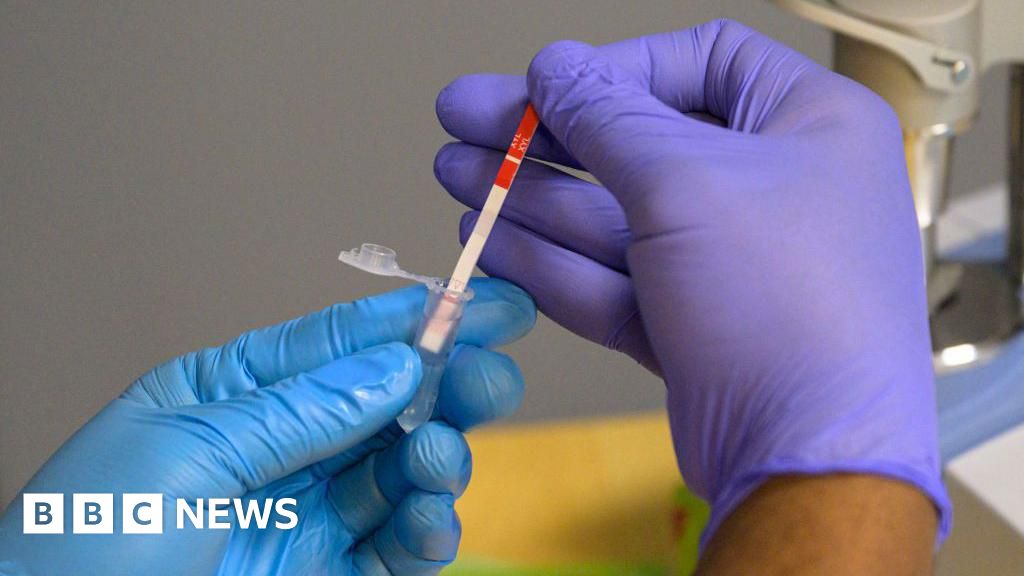
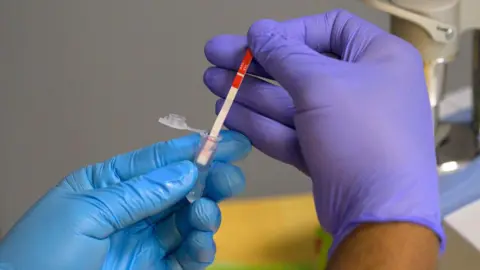 Getty Images
Getty ImagesA new drug which is increasingly being detected in overdoses and deaths is causing concern for support groups in Scotland.
Xylazine is a powerful animal tranquiliser which is known as “tranq dope” or “zombie” when cut with heroin and fentanyl by drug dealers.
The synthetic drug lowers breathing and heart rate to dangerously low levels and can cause large open skin wounds, which have led to it being dubbed a “flesh-eating zombie drug”.
Earlier this year, Public Health Scotland (PHS) issued an alert, saying people who take illegal drugs might not be aware that xylazine is present in their supply.
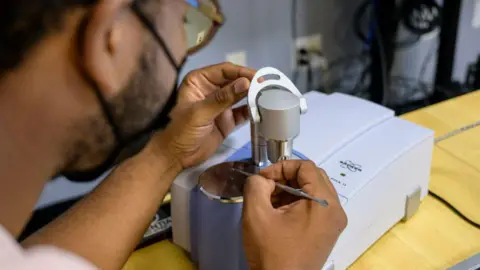 Getty Images
Getty ImagesIn May, its Radar report said xylazine had been detected in five deaths at the end of last year.
PHS warned that the drug was most likely to be consumed unintentionally because it was being cut into other drugs.
Gareth Balmer, project manager at the support service WithYou in Fife, told BBC Scotland News he was seeing increasing levels of adulteration in drugs, including heroin and street benzodiazepines.
“Now is not a good time to have a serious drug problem,” he said.
“I have been a drug worker for a couple of decades now and the drugs now are more dangerous than they have ever been.”
The warning comes the day before Scotland’s annual drug death figures are expected to be published.
Scotland’s drug death rate has been stubbornly high for years and remains the worst in western Europe.
Figures for 2022 showed drug deaths in Scotland had fallen to the lowest level for five years but there is concern the latest figures could show them rising again last year.
New drugs including tranq and synthetic opioids called nitazines have added to concerns.
Nitazines, often mixed into heroin, are now being cut with benzodiazepines too.
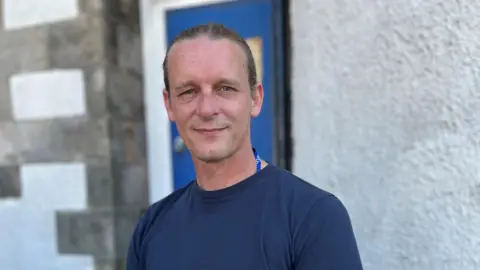
Mr Balmer said he was concerned that patterns of drug use that had hit the US were emerging in the UK.
“What we have seen in America is horrendous,” he said.
“Their heroin was replaced by fentanyl and then it was adulterated with xylazine and they call it tranq dope in America.
“That is a combination of fentanyl and xylazine and that is what we are now seeing here and that is what they call the zombie drug.”
The WithYou outreach service works on harm reduction by offering wound dressing, clean needles, blood-borne virus testing and naloxone – a medication that can reverse or reduce the effects of opioids.
Naloxone has had a huge impact in reducing fatal overdoses but Mr Balmer said it does not work on xylazine.
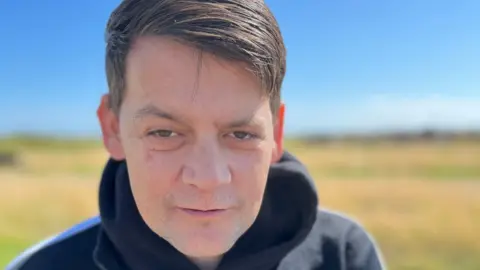
One user told BBC Scotland he almost died in June after taking street valium tablets which had been adulterated.
John, who had a stroke and spent time in intensive care after taking the tablets, said there was no way of knowing what was actually in street drugs.
“People say ‘Oh no, my tablets are real, I always know they’re real tablets’.
“But you never know that they’re real tablets unless they’re pharmaceutical – especially when they’re off the street.”
John, who is in his early 40s, says he was prescribed benzodiazepines by his GP for health problems when he was 16.
He then became addicted to a mixture of different illegal drugs.
Through the WithYou service he found he had Hepatitis C and was successfully treated. He has also had support with his mental health.
Since his stroke he says he has started coming off all the drugs.
Public health threat
In most cases xylazine is mixed with strong opioids such as heroin or fentanyl, but a study earlier this year by King’s College London showed it has also been found in counterfeit prescription medication tablets, vapes and cocaine.
The study, published in the journal Addiction, warned about side effects including airway compromise and skin ulcers – or “tissue necrosis” – which can lead to limb amputation.
Researchers highlighted how use of the drug has become a major concern in the US and this “public health threat has now expanded to the United Kingdom”.
If injected directly into someone’s bloodstream, xylazine can cause large open skin ulcers to form. These can start to rot and lead to amputation.
Xylazine emerged on the illicit drug market in Puerto Rico in the early 2000s and has since been found in the US, mainly in the east, and in Canada.











